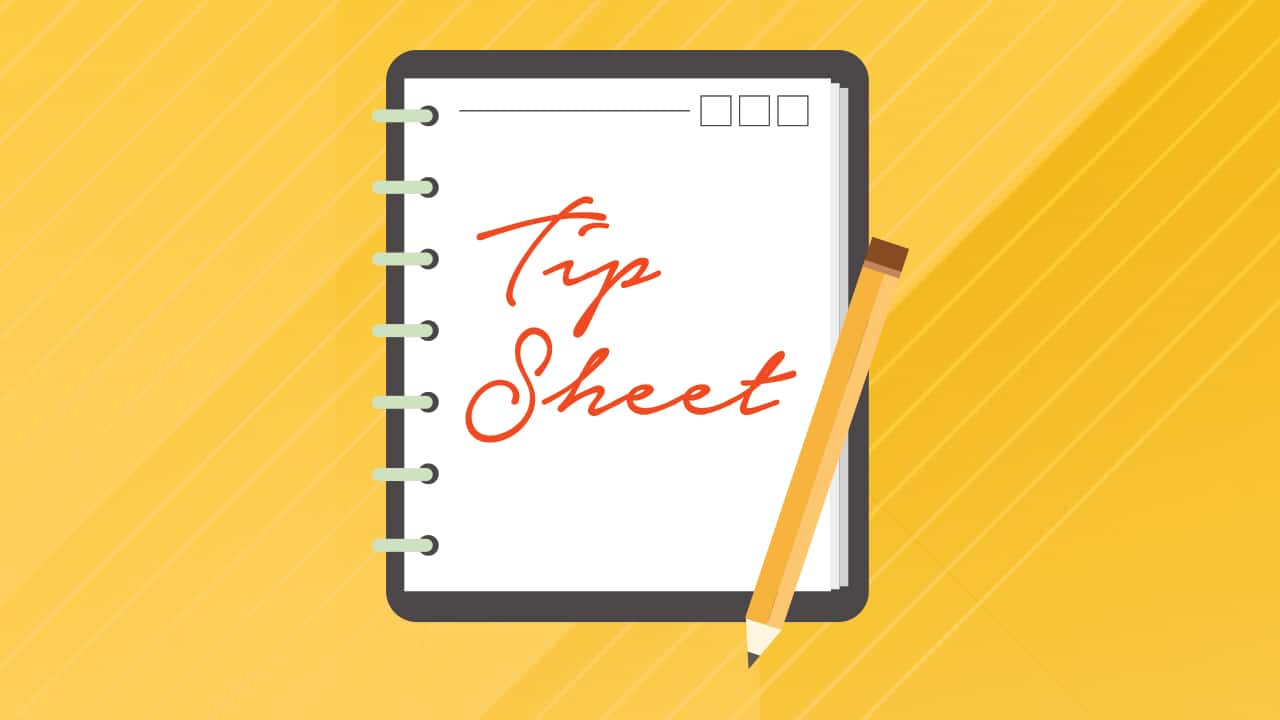
Everyday Steps to Reading
Did you know that children begin their path to reading as babies when they hear and respond to the sound of a human voice? Literacy—the ability to comprehend and communicate through reading and writing—begins as babies understand your spoken words. Listening, talking, reading, and writing are all parts of early literacy learning—and they’re all connected.
On the road to becoming readers and writers, young children need many opportunities to hear and understand spoken language. This helps them become aware of the different sounds of language. They also need to learn about print—letters and words seen in books and all around them at home and in their community. Young children need writing to help them learn about reading, and reading to help them learn about writing. However, they need to talk and listen before learning about both!
Young children can learn about literacy through everyday activities at home. It’s especially important for families to encourage a love of reading and to demonstrate how writing is used to communicate information and ideas. Ask your child to tell you about her drawing, then write her words on the back of the paper. This helps her learn that the letters and words you are writing have meaning. When you listen as she “reads” her scribbles, you give meaning to her own marks.
What do most young children learn about literacy in the preschool years?
They learn to…
- name and rhyme alphabet letters
- hear rhymes and sounds in words
- recognize and write their own names
- use new vocabulary words in their conversations
- listen to stories and understand what they hear
Nurturing a love of literacy
How can you encourage your child to love reading, writing, and language so much that he begs for a bedtime story or a trip to the library? In any home, there are countless ways to encourage a child’s love of reading, writing, speaking, and listening. Here are eight simple ideas for including literacy in your everyday routine.
Talk and listen.
Hold meaningful, thought-provoking conversations with your child. Talk about things that he did or things she finds interesting. While you listen and respond to what your child says,
- introduce new words, like colander or automobile.
- expand on what she says, offering more description and using more mature language (Your child: “It runned out.” You: “Your marker ran out of ink!”).
- challenge him to imagine, remember, and think about things he sees and hears around him.
- ask him to tell you about the best thing that happened that day.
Read aloud together.
Research has found that one of the most important things parents can do to help their child build reading and writing skills is to read aloud. To make the most of this time together,
- read aloud at least once every day
- read favorites again and again
- talk about the story before, during, and after reading
- ask her teacher what kinds of books and authors she likes best at school
- ask a librarian to suggest some diverse and age-appropriate children’s books, poetry collections, and songs
- share a variety of literature (stories, poems, and informational books) over time
- suggest activities that go with the books you read (“In this book, Yoko brought sushi to school for lunch. What special food would you like to make for lunch?”)
Explore the sounds of language.
Children love to play with sounds and words. Invite your child to have fun with sounds and words. Make up games. Using stories, poems, and songs, or your own imagination, play with the following:
- rhymes—What words end with the same sound? “See you later, alligator.” “Hey, what other words sound like splat?” [mat, flat, cat]
- alliteration—What words begin with the same sound? “The red car raced to the restaurant.”
- matching specific sounds—What words begin or end with the same sound? “Listen to the word duck. Duck starts with the /d/ sound. What other words start with the same sound as duck?”
- sound/letter connections―What else begins or ends with the same letter? “Look, Jennifer and Jamal’s names both start with J.”
Offer alphabet activities.
Over time, playing with items like the following can help your child recognize the letters of the alphabet:
- ABC books
- magnetic letters
- alphabet blocks and puzzles
- alphabet charts
- ABC stamps
Support budding readers and writers as they test their new skills.
Your child needs time and space to explore books and print on his own or with friends. You can
- create a cozy book nook in your home where you keep lots of good books
- reread favorite books, especially ones that invite your child to chime in (predictable books)
- create a space where you and your child can leave notes for each other—an erasable white board, for example
- make reading and writing part of play—for example, provide materials for making menus for a pretend restaurant or suggest reading aloud to stuffed animals and dolls
- staple sheets of paper together so your child can, with your help, write and illustrate a story
Offer books throughout your home and even outdoors.
Be sure to provide a wide variety of styles and topics
- information books, such as Byron Barton’s Airport
- books, songs, and poems with strong rhymes, such as Raffi’s Down by the Bay
- stories with detailed plots, such as Mercer Mayer’s There’s an Alligator under My Bed
- books in your home language and in English
- books that reflect your culture and family
- classic books and new books
- books with beautiful, inspiring illustrations
Support early writing with lots of materials.
Children need easy access to materials so they can build their early writing skills through scribble writing, groupings of random letters, and their own unique spelling of words. Offer your child:
- a basket stocked with pens, pencils, markers, paper, envelopes, and book-making materials
- writing materials to use in play (for example, pencils and notepads to write prescriptions, take orders, or make grocery lists)
Explain how books and print work.
While introducing and reading books, magazines, or other written items, help your child learn how print works.
- Point to words as you read them.
- Note the differences between pictures and print.
- Show how books in English are read from left to right, top to bottom.
- Talk about the different parts of books, like the cover and the title page.
- Encourage your child to join in with repeated lines when reading favorite stories.
Early Childhood Literacy Aps
This is a beginner app that teaches little ones the alphabet, letter sounds, phonics, and first words. It will keep your children entertained with fun songs and animations.
Bob Books are designed for beginning readers or children in preschool or kindergarten. Using a combination of games and stories, children will learn to read simple words and form sentences. The games have four distinct levels that increase in difficulty as your child understands new literacy skills.
Duck Duck Moose apps are educational, engaging, and fun. This app will work to keep children three to seven entertained while learning phonics and reading skills with zoo animal activities.
IWriteWords is an award-winning preschool app that lives up to its name. It teaches your children handwriting skills using a fun, playful crab.
Learn with Homer is an exceptional learning to read app for children three to eight years old. The app works by choosing stories based on your child’s unique interests. The app includes lessons, games, activities, and interactive stories. It also allows parents to track their child’s progress.
Montessori Crosswords uses the Montessori-based approach to teaching through manipulatives. Children build words using images and sounds and phonics. It teaches spelling, reading, and writing.
Reading Raven is a customizable, phonics-based app for teaching early literacy skills. It begins with recognizing letters and moves through the standard literacy skills progression finishing with reading comprehension. It is designed for children three to seven years old.
The Read Me Stories app is designed to encourage a love of reading. It is a library of e-books, but it also features a new book every day. Stories include narration and interactive elements.
Starfall is an educational website that has an interactive app to use along with it. The well-loved site includes educational games, songs, and activities that make learning to read fun.
Another Duck Duck Moose app, Word Wagon, is a great app for introducing early literacy skills such as letters, phonics, and spelling. It encourages learning through several fun activities. It also rewards children with stickers for each word learned.
For those parents worried about using apps to teach early literacy skills, consider this stance from the National Association for the Education of Young Children: “When used intentionally and appropriately, technology and interactive media are effective tools to support learning and development.”

Have fun with your little one and learn how to read through song and dance!
Dr. Jean’s Little Learning Lessons
Dr. Jean’s Free Activities and Resources
- Oral Language
- Creating a Literate Environment
- Nursery Rhyme Round-up
- Letter Friends and Awesome Alphabet
- Dancing with Standards-Intro to Reading, Part I
- Dancing with Standards-Writing, Speaking, Listening, Part II
- Small Motor Skills, Ready to Write
- Tell Me a Story
- Vocabulary Builders
- Blooming with Poems
- My Word, a Word Cookbook
- Write Stuff
- Nursery Rhyme Round-up
- Oral Language
- Games – Endangered Activities
- Traditional Songs and Games
- Blooming with Poems
- Alphabet Art from A to Z
- Tell Me a Story
- Traditional Songs and Games, Part I
- Traditional Songs and Games, Part II
- Activity Cards
- Paper Plate Party
- Puppets and Tails
- Magic Mixtures
- Let’s Go Outside
- Game On
- Have a Cup, Creative Ideas
- Block Play
- Nifty Fifty Centers
- Let’s Go on a Picnic
Free Downloadable Books
- My Mother is a Baker
- Number March
- Found a Penny
- Chant and Write
- May There Always Be Sunshine
- Oceans
- Sign Language Mini
- Vowel Family
- Zero the Hero
- Today Is Sunday
- Letter Tails
- Color Farm
- Tooty Ta
- Peanut Butter
- Rules Rap
- Five Little Monkeys
- Alphardy
- Bear Hunt
- Letter Vests
LeapFrog Letter Factory
Check out the LeapFrog Letter Factory. This sing-songy video will teach your child letter names and sounds. Be intentional about having your child watch the video. Minimize distractions and stop the video to talk about the specific sounds. Do this for two weeks…and see the positive effects!
Use this link to connect to an activity calendar. Everyday offers a new activity for your little one.
Grand Rapids Public Library Resources
Call the library’s Phone-A-Story line each week to hear a new story read aloud by a GRPL Youth Librarian. Listen to pre-recorded stories, songs, and rhymes in English or Spanish. This service is accessible 24/7. Dial 616-988-5494 and follow the directions when prompted.
Stop by and pick up a free Storytime Kit. These take-home kits include age-appropriate activities for babies, toddlers, and kids, and have helpful tips to support early literacy through reading, singing, talking, playing, and writing.
Stop by and pick up a free Storytime Kit. These take-home kits include age-appropriate activities for babies, toddlers, and kids, and have helpful tips to support early literacy through reading, singing, talking, playing, and writing.

IEL Tip Sheets are easy-to-read, one-page resources on a variety of topics of interest to parents and teachers of young children. All Tip Sheets are available in English and Spanish. Most Tip Sheets are available in Polish. Selected Tip Sheets are available in Korean, Chinese, Arabic, Russian and French. You can also search Tip Sheets by Topic.


